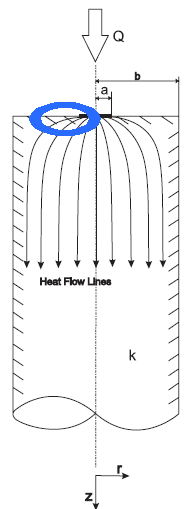vlsi.rajesh
Newbie level 2
Gradient Effects
Hi,
I have read in Art of Analog layout book about matching and he has written that we r going for Common centroid matching to cancel the effects of Stress and Thermal gradient.for thermal gradient he told about power device present in out circuit as example and stress gradient comes while package shift.
Questions?
1. If there is no power device in our chip, is it necessary to do common centroid matching for other devices.If Yes, Please explain about it.
2.Is there any possiblity to occur stress gradient in our chip (other than package shift and also before fabrication) due to some device(or device operation) present in our circuit.Any example please?.
3.We are doing common centroid matching due to this two gradient effects or any other effects are there.., which will try to change the device operation.
Please reply for my questions and if u have any material related to this other than Art of Analog Layout please send to vlsi.rajesh@gmail.com or please post in edaboard, that will be helpfull to All.
Thanks ...
regards,
Rajesh
Hi,
I have read in Art of Analog layout book about matching and he has written that we r going for Common centroid matching to cancel the effects of Stress and Thermal gradient.for thermal gradient he told about power device present in out circuit as example and stress gradient comes while package shift.
Questions?
1. If there is no power device in our chip, is it necessary to do common centroid matching for other devices.If Yes, Please explain about it.
2.Is there any possiblity to occur stress gradient in our chip (other than package shift and also before fabrication) due to some device(or device operation) present in our circuit.Any example please?.
3.We are doing common centroid matching due to this two gradient effects or any other effects are there.., which will try to change the device operation.
Please reply for my questions and if u have any material related to this other than Art of Analog Layout please send to vlsi.rajesh@gmail.com or please post in edaboard, that will be helpfull to All.
Thanks ...
regards,
Rajesh
